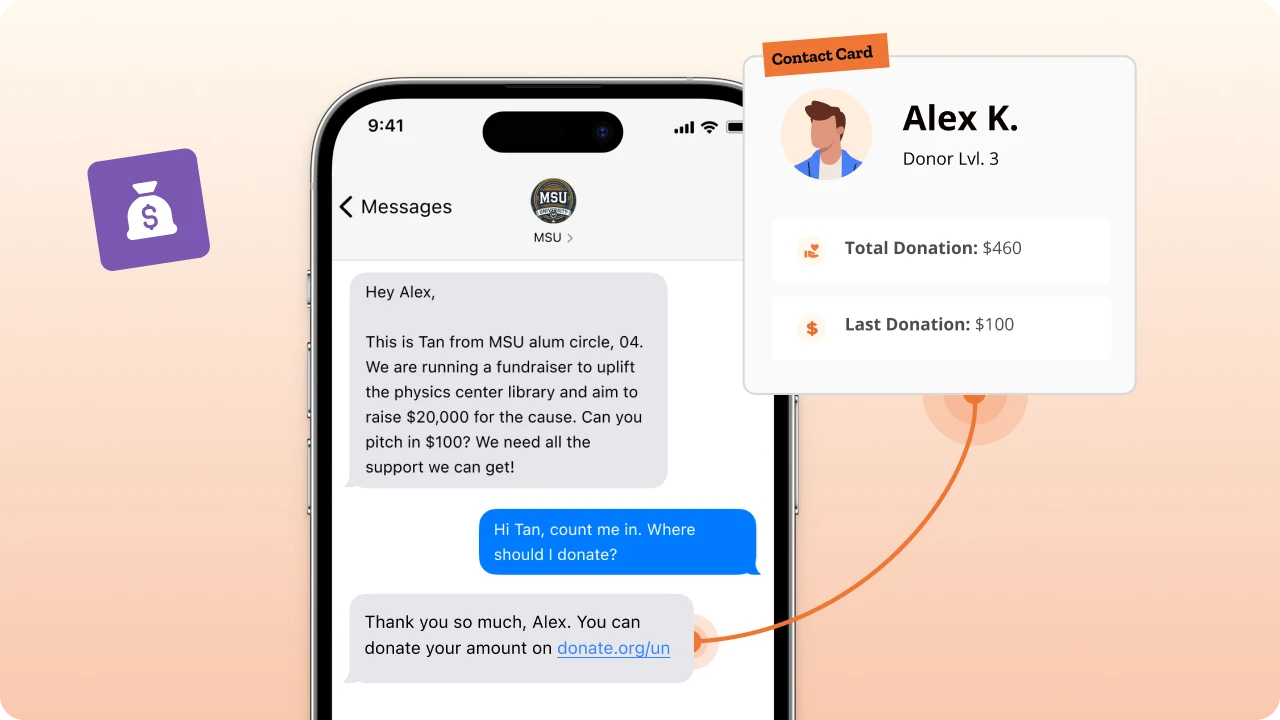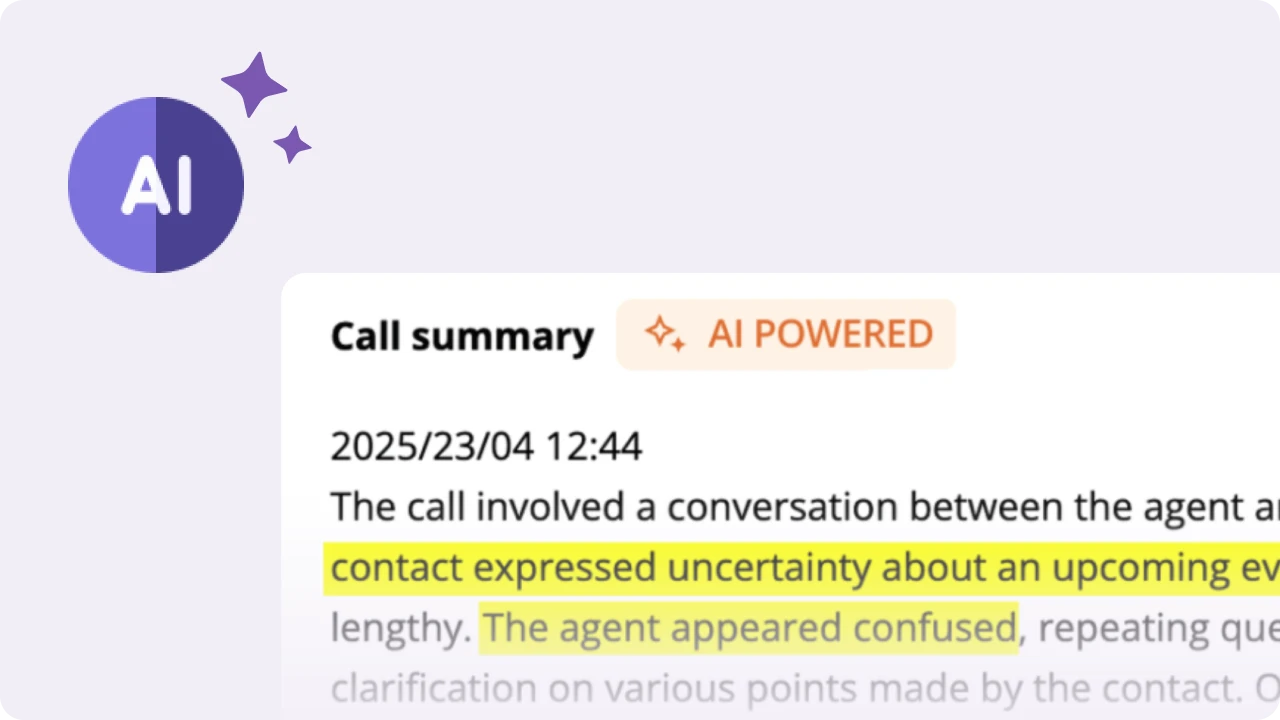Table of Contents
Healthcare market research is the systematic collection of data that helps healthcare organizations understand patient needs, clinical trends, market demand, and competitive positioning.
It helps hospitals, pharmaceutical brands, private practices, and health tech providers make informed, patient-centered decisions, from launching new drugs to improving care pathways. This research spans patient insights, health data analytics, consumer healthcare behavior, and the broader regulatory landscape shaping the industry.
Why Healthcare Market Research Matters
No matter where you fit in the healthcare ecosystem, market research offers vital benefits:
- Understand Patient Behaviors: Reveal the real “why” behind decisions and spot new opportunities to improve care.
- Improve Experiences: Find pain points that aren’t always visible inside the clinic or call center.
- Strengthen Patient Retention: Retain more patients by acting on what matters most to them.
- Gain Competitive Advantage: Know how your services stack up, and find ways to stand out.
- Track Health Sector Trends: Stay informed about technology, wellness shifts, and regulatory changes.
- Expand Your Reach: Identify unmet needs to grow your patient base and boost service adoption.
These outcomes all build long-term trust, which is essential for any healthcare provider or organization.
What Healthcare Market Research Should Explore
A strong research strategy that focuses on understanding the following areas:
- The patient journey: from discovery to post-care follow-up
- Patient concerns, motivations, and expectations
- Service gaps in the current care ecosystem
- Competitive offerings and how they compare
- Regulatory policies and compliance requirements
- Emerging clinical and technological trends
- Patient communication preferences (SMS, calls, emails)
- Challenges in access, cost, or continuity of care
To uncover these insights, organizations often engage with:
- Patients and their caregivers
- Potential patients in specific demographics
- Doctors, nurses, and front-line staff
- Healthcare administrators
- Vendors and technology partners
- Healthcare procurement teams
Each perspective adds a different layer to the complete picture.
Read Also: HIPAA Compliant Texting – A Quick Guide On How To Employ Secure Text Messaging For Healthcare
How to conduct healthcare market research
Break down research into three manageable steps, using your CallHub tools for maximum impact:
Step 1: Define your objectives and audience
Every research project should begin with clarity. Instead of gathering data for the sake of it, focus on one or two core goals.
Your objective might be:
- Understanding how patients feel about appointment wait times
- Testing demand for a new specialty service or clinic
- Measuring the success of a pharmaceutical product
- Improving communication and outreach for patient follow-ups
- Identifying barriers to preventive care
- Learning how people in rural or remote areas access services
Once objectives are defined, decide who you need insights from. For example:
- Chronic disease patients
- First-time visitors
- Elderly patients
- Urban vs rural patients
- Specialists and clinicians
- Pharmacy customers
- Insurance or procurement decision-makers
A clear audience ensures your data is meaningful and actionable
Step 2: Choose between primary and secondary research
Healthcare research typically uses a mix of primary and secondary methods.
Primary vs. secondary research (Comparison table)
| Aspect | Primary research (Direct) | Secondary research (Existing) |
| What it is | Collecting new data from your audience | Analyzing published sources |
| Best for | Patient insights, real-world experiences | Market trends, competitor reports |
| Methods | Surveys, interviews, and ethnography | Journals, industry databases, web research |
| Examples | Satisfaction surveys, 1:1 interviews | Reports from NCBI, MarketResearch.com |
| Advantages | Highly specific and actionable | Quick, low-cost, broad overviews |
| Limitations | Time- and resource-intensive | Not always a perfect audience fit |
Primary research is ideal when you want direct patient insights, while secondary research helps shape strategic context.
Read Also: The Right Way To Conduct A Community Survey Successfully
Three proven primary healthcare market research methods
These three methods give you speed, depth, and practical insights. Each one helps you understand patients and improve services, especially when combined with CallHub’s multichannel tools.
1. Surveys
Surveys deliver quick, reliable insights from large patient groups, uncovering trends, needs, and satisfaction levels. With CallHub, you can automate survey delivery via SMS, voice calls, or email for the fastest reach and highest engagement.
Read Also: SMS text messaging for Healthcare
2. Personal interviews
Interviews go deeper, helping you learn about patients’ emotions, motivations, and specific concerns. Use CallHub to schedule and conduct follow-ups, turning responses into rich stories that guide improvements.
3. Ethnography
Observe how people interact with your care systems, apps, or services, revealing friction points that traditional surveys might miss. For advanced data analysis, tools like MAXQDA can help uncover actionable patterns.
Step 3: Select the right channels
Once you know what you want to ask and who you’re targeting, decide where the conversations will happen.
Common channels include:
- SMS (top response rate)
- Phone calls (most personal for detailed answers)
- Email campaigns
- Website pop-ups and forms
- Social media polls
- Patient portals and mobile apps
Using several channels ensures your research includes diverse voices from teens on mobile to seniors preferring calls or emails.
Common use cases of healthcare market research
Here are the most common ways healthcare organizations use market research.
| Scenario | Goal | Method | Example outcome |
| Understanding access to care | Learn how different populations access services | Surveys, demographic mapping | Discover rural areas with limited specialist availability. |
| Improving patient experience | Identify pain points in the care flow | Interviews, SMS follow-ups | Reduced appointment bottlenecks |
| Operational improvements | Optimise workflows | Staff surveys, ethnography | Faster patient processing |
| Program development | Evaluate the demand for new health programs | Secondary research + surveys | Expanded mental health or chronic care programs |
| Understanding community issues | Explore social health challenges | Focus groups, interviews | Targeted outreach programs for addiction or chronic illness |
Industry insights and trends on healthcare market research (2025)
A few current trends shaping healthcare today include:
- The global healthcare analytics sector is projected to reach $129B by 2028, reflecting a growing reliance on data-driven insights.
- Telehealth remains 3–5× more widely used compared to pre-pandemic levels.
- Patients increasingly expect personalized digital experiences, including automated reminders, online scheduling, and quick communication.
- Pharmaceutical companies are depending more on real-world data (RWD) for evaluating product performance.
- Preventive care and wellness programs are seeing expanded demand across age groups.
These shifts underscore why ongoing research, rather than one-time studies, is essential.
Ready to Begin Your Healthcare Market Research Journey?
Reach your audience where they are – by phone, email, or SMS, and turn raw feedback into powerful action. Listen, analyze, and continually improve to build better care experiences, strengthen trust, and future-proof your organization.
Start your next outreach with CallHub and put data at the heart of your healthcare strategy.
FAQs on healthcare market research
What’s the main goal of healthcare market research?
To understand patient needs, spot trends, and close service gaps, so every strategy is rooted in evidence rather than guesswork.
How often should we use market research?
Run major research every 6–12 months. Supplement with ongoing feedback collection via your CallHub campaigns.
What’s the difference between patient and market insights?
Patient insights = specific attitudes and experiences; market insights = industry trends and competitor movements.
Is ethnography difficult to do?
Not if you use the right workflow: combine trained observation with digital tools to efficiently gather and analyze insights.


